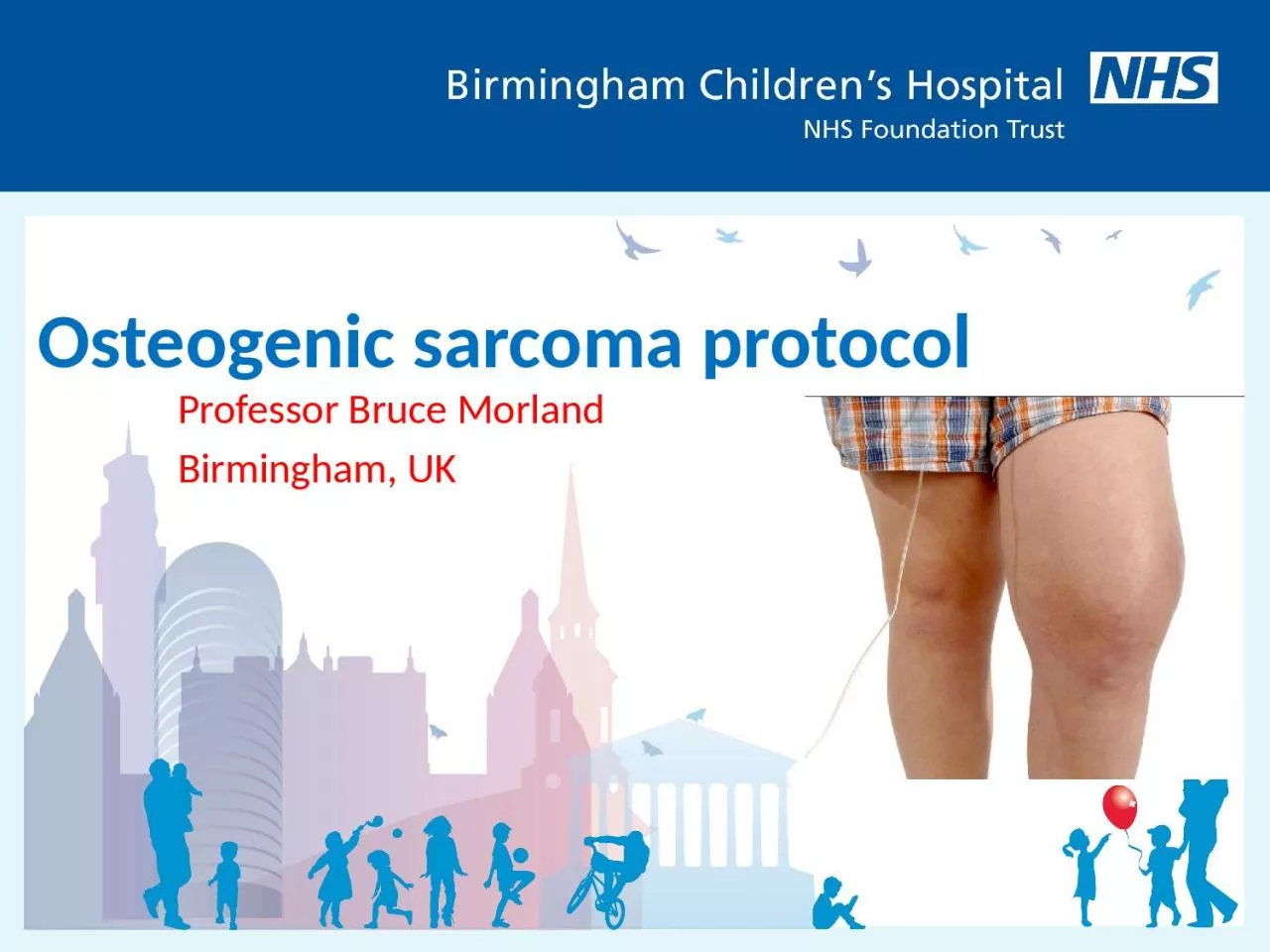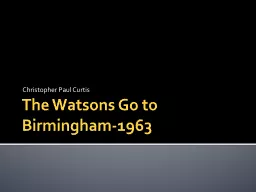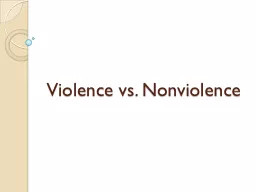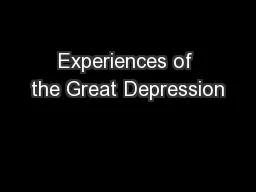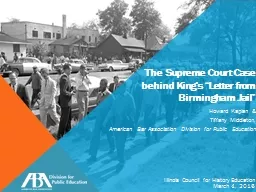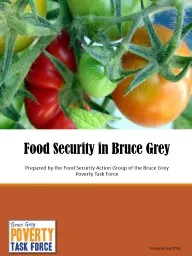PPT-Professor Bruce Morland Birmingham, UK
Author : eleanor | Published Date : 2024-02-02
Osteogenic sarcoma protocol Osteosarcoma 1 Meyers PA Gorlick R Pediatr Clin North Am 1997444973990 2 Bone sarcomas ESMO Clinical Practice Guidelines Ann Oncol
Presentation Embed Code
Download Presentation
Download Presentation The PPT/PDF document "Professor Bruce Morland Birmingham, UK" is the property of its rightful owner. Permission is granted to download and print the materials on this website for personal, non-commercial use only, and to display it on your personal computer provided you do not modify the materials and that you retain all copyright notices contained in the materials. By downloading content from our website, you accept the terms of this agreement.
Professor Bruce Morland Birmingham, UK: Transcript
Download Rules Of Document
"Professor Bruce Morland Birmingham, UK"The content belongs to its owner. You may download and print it for personal use, without modification, and keep all copyright notices. By downloading, you agree to these terms.
Related Documents

